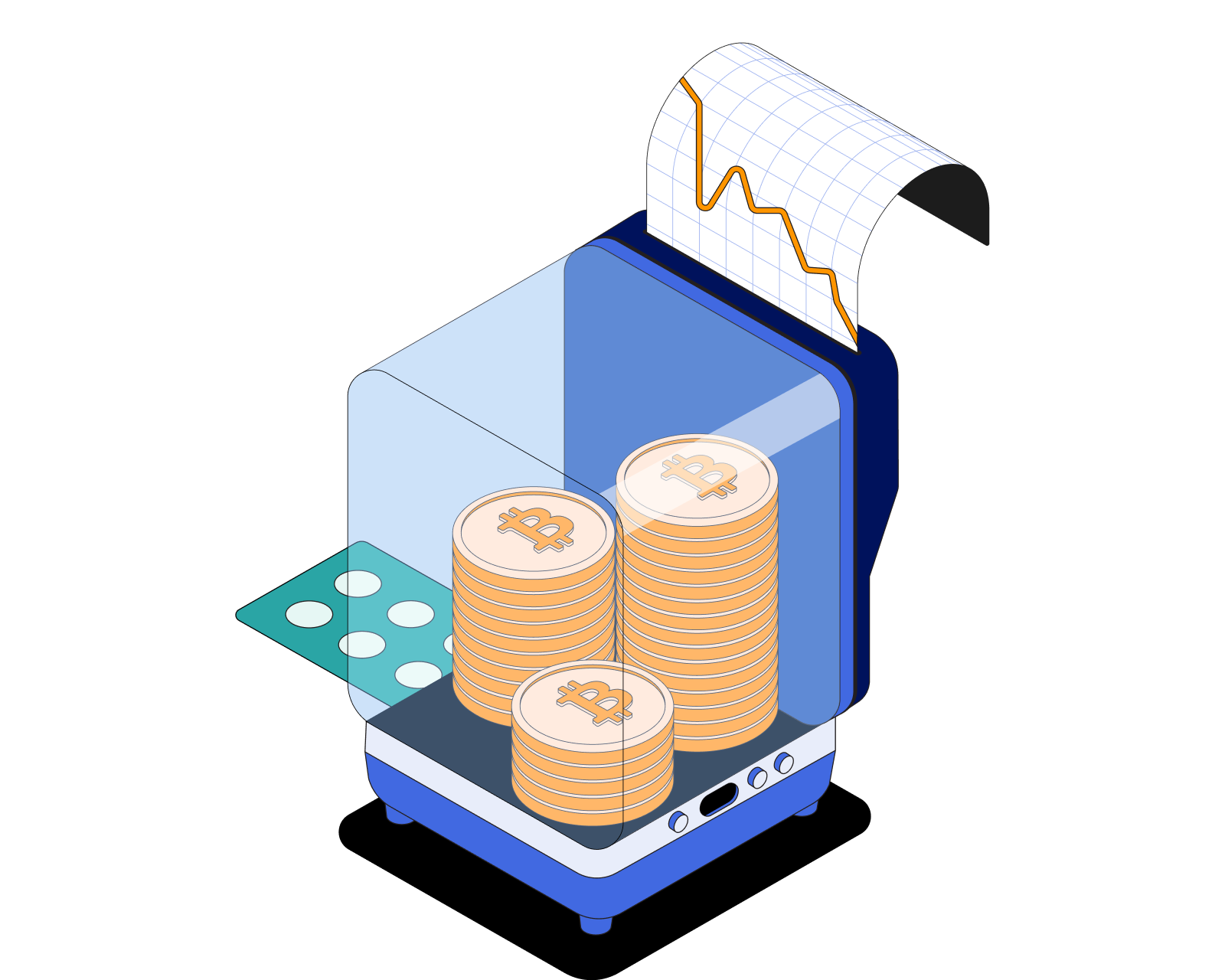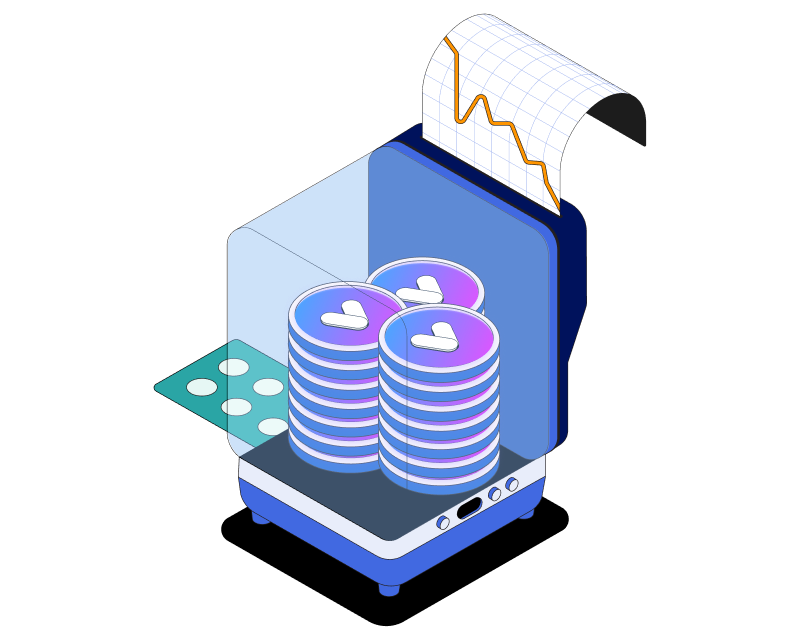What is volatility?

Table of Contents
How is volatility measured?
Volatility is usually measured using statistical metrics that look at historical price changes. The most common measure of market volatility is the 'standard deviation', which quantifies how much a set of numbers (in this case, prices) deviates from its average. When people say an asset is volatile, they mean its price moves up and down significantly over a short period. High volatility indicates a higher degree of risk, as well as potential for a higher degree of reward. It's like a roller-coaster ride with breathtaking ups and steep downs. On the other hand, low volatility is like a gentle boat ride, slow, steady, and with fewer surprises.
Why is volatility important?
Understanding volatility provides an indication of the risk and uncertainty associated with an asset. It can affect the timing of your investment decisions, your potential return on investment, and your overall investment strategy.
High volatility often means there is significant uncertainty about the value of an asset, which can indicate higher risk. Investors may demand a greater return for taking on this added risk. Conversely, a lower volatility asset is generally seen as less risky, which could result in lower potential returns.
What causes volatility?
Various factors can cause volatility, including economic events, geopolitical tensions, corporate news, and even natural disasters. Significant news can lead to rapid buying or selling of assets, causing prices to fluctuate and thereby increasing volatility.
Cryptocurrency and volatility
Cryptocurrencies, such as Bitcoin, Ethereum, and countless others, are often cited as some of the most volatile assets. They have indeed become infamous for their price swings, which can be enormous and rapid. It's not uncommon to see the value of a cryptocurrency jump or fall by 10-20% or more in a single day, a kind of price movement rarely seen with traditional currencies or other assets.
There are a few reasons cryptocurrencies are generally more volatile than traditional fiat currencies. This means the price of a cryptocurrency can change rapidly in a very short time, making it possible for investors to experience significant gains or losses.
- Market maturity: One key reason is that the cryptocurrency market is still relatively young and not as well-established as other financial markets. Traditional markets like stocks or forex have a large number of participants, which makes them more stable. In contrast, the crypto market is smaller and involves fewer participants, leading to higher price swings.
- Lack of liquidity: Cryptocurrencies, especially those that are less popular, can lack liquidity, meaning there are not enough buyers and sellers at any given time. When liquidity is low, price swings can be caused even by small trades. The influence of a single trade is much larger, causing drastic price fluctuations.
- Speculative nature: Investors' emotions and speculative behavior heavily influence cryptocurrency prices. FOMO (Fear Of Missing Out) can drive prices up quickly, while panic selling can cause them to drop just as fast. The news or rumors about regulations, security breaches, or technological advancements can also cause significant price swings.
- Technological development and adoption: The price of a cryptocurrency can also be heavily influenced by changes in technology, such as updates to a blockchain protocol or wider adoption of the technology by businesses and consumers. These changes can lead to sudden and significant shifts in price.
Related guides
Start from here →
What is liquidity?
Liquidity has several slightly different but interrelated meanings. For the purposes of crypto, liquidity most often refers to financial liquidity and market liquidity.
Read this article →
What is liquidity?
Liquidity has several slightly different but interrelated meanings. For the purposes of crypto, liquidity most often refers to financial liquidity and market liquidity.

What is APY?
APY stands for annual percentage yield. It is a way to calculate interest earned on an investment that includes the effects of compound interest.
Read this article →
What is APY?
APY stands for annual percentage yield. It is a way to calculate interest earned on an investment that includes the effects of compound interest.

What is APR?
APR is a key financial term. Learn how it works, its impact on loans and investments, and its significance in the crypto world.
Read this article →
What is APR?
APR is a key financial term. Learn how it works, its impact on loans and investments, and its significance in the crypto world.
STAY AHEAD IN CRYPTO
Stay ahead in crypto with our weekly newsletter delivering the insights that matter most
Weekly crypto news, curated for you
Actionable insights and educational tips
Updates on products fueling economic freedom
No spam. Unsubscribe anytime.



Start investing safely with the Bitcoin.com Wallet
Over wallets created so far
Everything you need to buy, sell, trade, and invest your Bitcoin and cryptocurrency securely

© 2025 Saint Bitts LLC Bitcoin.com. All rights reserved


